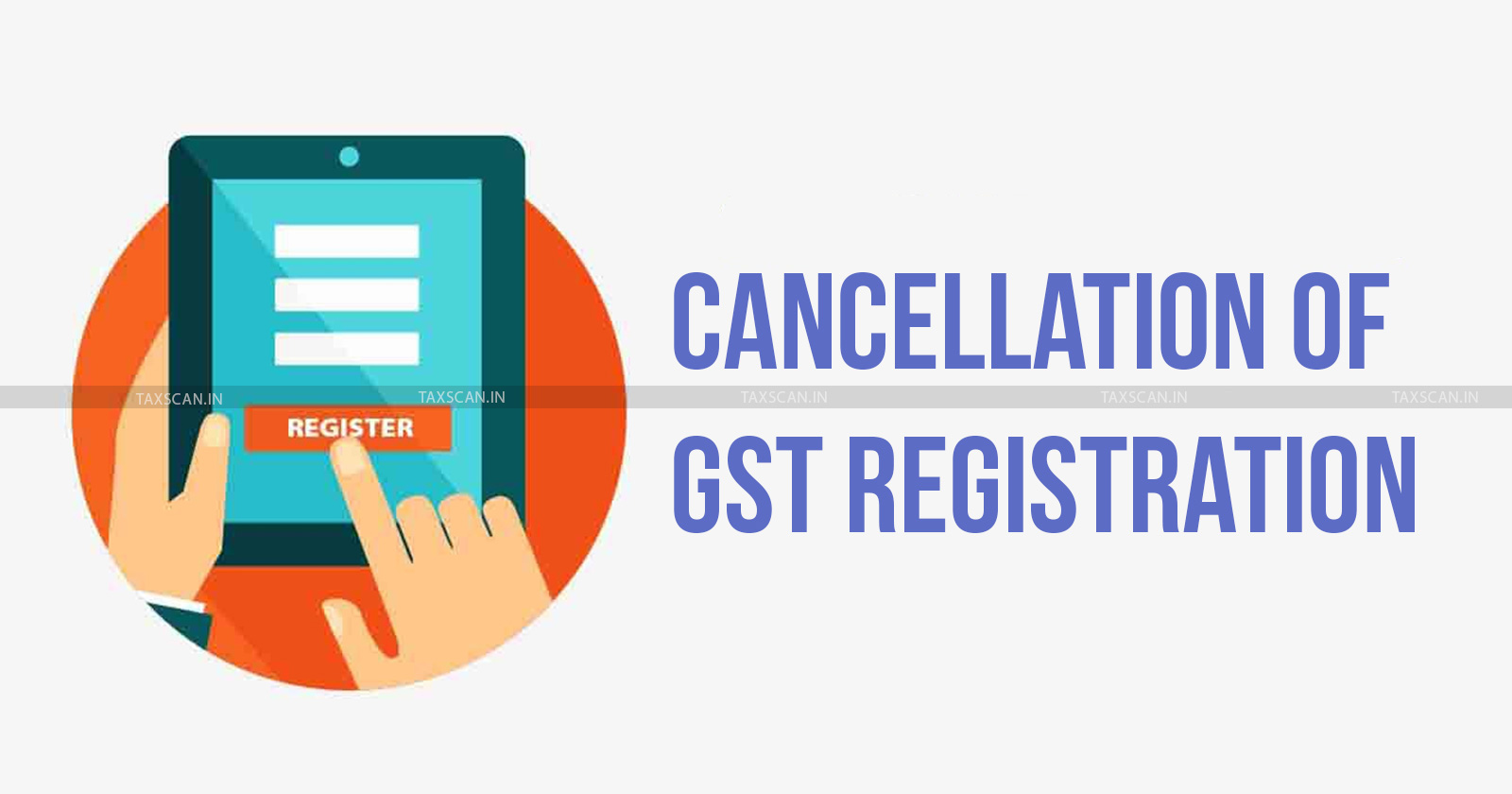Improve Your Service: Get Your GST Registration Done Today in Singapore
Improve Your Service: Get Your GST Registration Done Today in Singapore
Blog Article
Step-by-Step Guide to GST Registration: Everything You Required to Find Out About the Application Refine

Eligibility Standards for GST Enrollment
Meeting the qualification standards for GST registration is a fundamental need for businesses running in India. Services included in inter-state supply, casual taxable individuals, non-resident taxable individuals, and those required to pay tax obligation under the reverse fee device must likewise sign up for GST, irrespective of their turn over.
Additionally, details organizations such as e-commerce operators, representatives of a vendor, input service suppliers, and people supplying through shopping systems are likewise needed to register for GST, despite their turnover. Understanding and satisfying these qualification standards are vital actions for services aiming to comply with the GST guidelines in India.
Required Records for Application
When using for GST enrollment, companies require to provide certain records to complete the application process successfully and properly. The called for documents vary relying on the type of company entity seeking enrollment. For a single proprietorship, the documents commonly include the proprietor's PAN card, Aadhaar card, address proof of the place of organization, bank account statements, and photos. Collaboration companies require to submit collaboration act, frying pan cards of partners, Aadhaar cards, address evidence of the major business, savings account statements, and photographs. Firms must offer their Certification of Unification, Memorandum of Organization, Articles of Association, frying pan cards of supervisors, Aadhaar cards, address evidence of the licensed workplace, bank declarations, and photos. In addition, all entities need to submit evidence of the business, like rental agreement or power expense, and permission forms. Making certain that all essential papers are in order and sent correctly is critical for a smooth GST registration procedure.
Step-by-Step Application Process
To efficiently complete the GST enrollment process, businesses have to adhere to a structured detailed application treatment. The initial step is to visit the GST online website and click on the 'Provider' tab, followed by 'Enrollment' and after that 'New Registration.' Next off, supply the essential information such as the lawful name of business, PAN, e-mail address, mobile number, and state in which the business is situated. After getting in the details, an OTP will certainly be sent to the registered mobile number and email for verification. As soon as the OTP is verified, a Momentary Referral Number (TRN) is produced which can be made use of to save the application and go back to it later.

Comprehending GST Registration Costs
Understanding the fees related to GST enrollment is necessary for companies seeking compliance with tax obligation policies. The GST registration fees differ depending on the sort of business entity looking for enrollment. For routine taxpayers, the cost is 1000, divided just as in between the Central and State Federal Governments. For companies operating in multiple states, the fee is 5000, also divided in between the Central and State Governments. In the case of non-resident taxpayers or casual taxpayers, the registration fee is 5000. In addition, particular entities are excluded from paying the enrollment fee, such as input service representatives, UN bodies, embassies, etc. When planning their compliance spending plan, it's vital for organizations to variable in these registration fees. Failing to pay the requisite charges can result in delays in the enrollment process and non-compliance with GST laws, causing charges and legal effects. Consequently, understanding and budgeting for these charges are integral components of the GST registration procedure.
Avoiding Typical Application Blunders
In navigating the GST enrollment procedure, sidestepping common application mistakes is vital for services intending to improve conformity treatments and avoid prospective setbacks. One common mistake companies make is giving inaccurate information, such as going into incorrect frying pan information or company names. Confirming all information prior to entry is essential to avoid hold-ups in the application process. Another typical mistake is failing to give the required supporting papers, bring about official site rejection or prolonged processing times. Making certain all required files are published properly and depend on day can dramatically quicken the enrollment procedure. Furthermore, businesses frequently forget the importance of selecting the appropriate company structure during registration. Choosing the wrong kind, such as signing up as a normal taxpayer rather of a make-up dealer, can cause difficulties down the line. By carefully examining and verifying all info offered during the GST enrollment application, organizations can alleviate these typical errors and help with a smoother registration procedure.
Conclusion
Finally, understanding the eligibility requirements, called for files, application process, fees, and usual mistakes to stay clear of are vital steps in efficiently registering for GST. By complying with the you can try these out step-by-step overview supplied, organizations can make certain a effective and smooth application process. It is necessary to stick to the standards established forth by the authorities to avoid any kind of delays or issues in the enrollment process.

The GST enrollment fees vary depending on the kind of service entity applying for registration. Furthermore, businesses typically forget the significance of selecting the proper company framework during registration - Get your GST registration done today in Singapore. By thoroughly verifying all details and assessing provided during the GST enrollment application, organizations can mitigate these common errors and help with a smoother registration process
Report this page